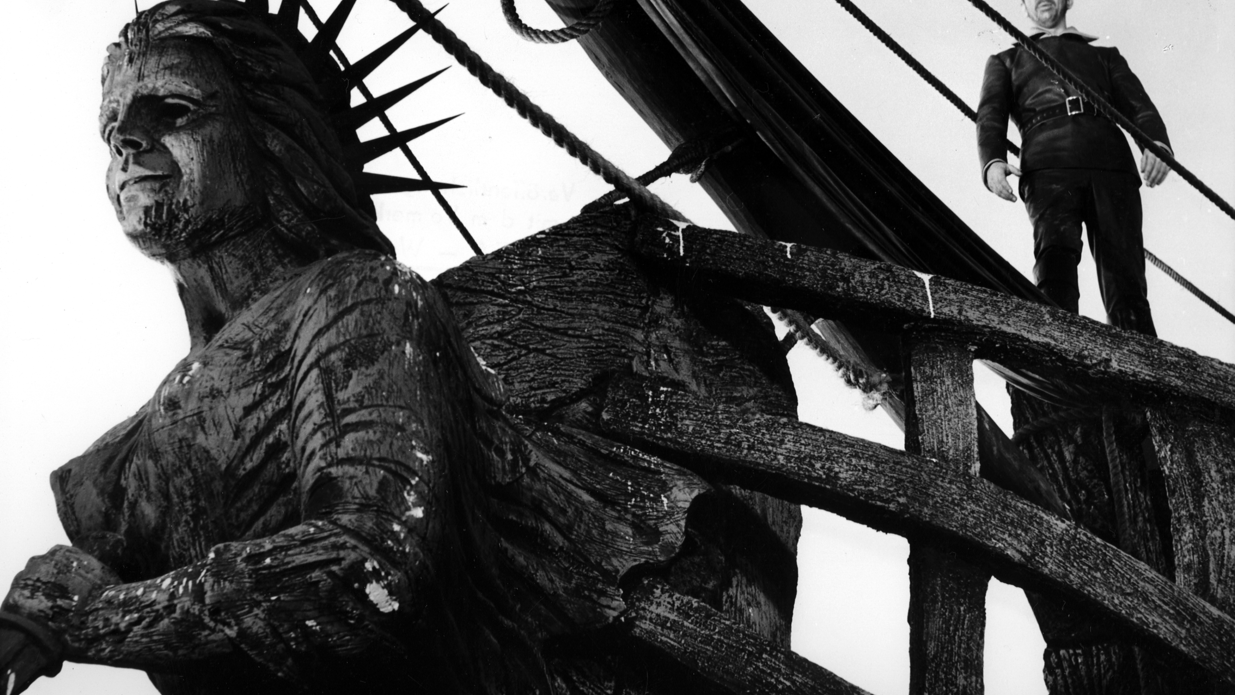A Life’s Œuvre and Liebestod
Richard Wagner and Cinema

Der fliegende Holländer (DDR 1964)
Richard Wagner (1813-1883) would have loved the medium of cinema for sure, cinema in the sense of a "Gesamtkunstwerk" (total work of art, a life's Œuvre), with all its colour explosions, equipment excesses, sound collages and monumental wide-screen images, even if Wagner's understanding of art often has anti-modern traits. Yet the cinematograph had not yet been invented in Wagner's lifetime, and film recordings of him exist just as little as of contemporary performances of his works. All the more extensively, therefore, have filmmakers worked on the person, the work and the myth; and on its darker sides.
Documentaries accompany the almost religious hustle and bustle of the festival on the green hill, capture the worldwide ecstasy of Wagnerians at the sound of their master's music, but also raise questions about anti-Semitism and nationalism. For the person and work of Richard Wagner are deeply rooted in the zeitgeist of the 19th century and, against the background of the founding of the German Reich in 1871, Wagner also asked about being German, about belonging to the nation; his anti-Semitism is well documented and the question of whether Wagner's music can or should still be enjoyed unadulterated is discussed again and again, even if we know about Wagner's instrumentalisation by the Nazi regime?
Beyond the political, it is also Wagner's themes and compositions that have inspired filmmakers, from classical narrative cinema to the New Waves of the 1960s. Passion is a central principle for Wagner: there is love and hate, death and redemption - just like in cinema. Wagner brings together Eros and Thanatos in the almost proverbial motif of Tristan and Isolde's death in love, the culmination of the suffering of love; and the Flying Dutchman, too, is only redeemed from his curse by love that is prepared to make a fatal sacrifice. Both motifs were transformed by Wagner into iconic compositions to which fictional film, whether in Hollywood or at DEFA, has returned again and again. And a theme central to modern cinema, such as alienation - being at odds with existing social, political, economic and artistic conditions - already characterises Wagner's artist figures, who are just as ill with themselves and their times as many figures in the European cinema of the 1960s and 1970s.
The film series A Life's Œuvre and Liebestod - Richard Wagner and Cinema accompanies the exhibition Richard Wagner and German Feeling, which opens at the German Historical Museum on 8 April 2022. (mbh)